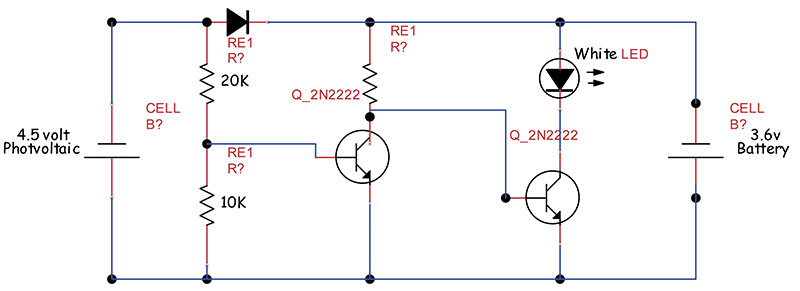Recently, I too was asked to make an electronics presentation for the age group you mentioned. The library staff person referred to me as a docent, or lay presenter. The areas I get excited about would seem not to transfer well with this age group, so I needed help. Thankfully I was well-advised by the youth librarian who assisted me in creating and talking about very basic electrical experiments that she hoped would conclude with a hands-on soldering demonstration.
The first experiment employed a basic compass with five or so hand wound turns of 30ga. magnet wire circling it, powered with one AA battery. So why does this make the needle spin? Discussion about magnetism and electrical relationships. Can anyone envision a motor in this? (hold just one or two seconds to keep wire heating reduced)
The next presentation offered the very simplest circuit with a 'schematic' drawing representing the actual physical setup of a power source, wire connections, and a (lamp) load. Then a switch is added and drawn. Some discussion then about how current behaves and flows in this circuit.
The third presentation involved a zero center galvanometer (+ - .001A) those large clear classroom kind work great, the terminals connected to the winding of a nail or screw type electromagnet with a small magnet fluxing a field to induct current then swinging the needle both directions toward a basic conception of Alternating Current. Good time to mention diode rectification in the ensuing discussion.
The last was a very well-received LED yard light demonstration. A small solar panel, with an electronic control circuit connected to that zero center meter showing current direction both powering a white LED and charging a battery configured like this:

Schematic of Yard light
Just to the right of the White LED junction, between the 3.6volt battery, insert the zero-center galvanometer. A 3-4 ohm shunt between the + - meter connections offered dramatic visual current direction. Raise or lower shunt resistance as needed.
The kids responded well using objects and their hands to shade the photovoltaic panel watching the meter swing and the white LED turn on and off, either charging or emitting light with only a simple transistor circuit. As they were marveling I offered a brief description of the transistor operation in a schematic drawing describing the details of on-off (Schmitt) switching.
We DID have time to solder at the end. With a circuit board clamp at a comfortable angle, I used a 15 watt Weller with the LED lights, put my glasses on describing the need for a clean, tinned, tip and began soldering a hole-through PCB describing the process as I soldered each tiny pad. Would you like to try this? They all did, and I get teary in how excited they were when they completed their section of the many other pads. At the end of our class, the youth librarian shook my arm off in thanks, but I easily enjoyed it as much. It will be easier than you think. Have fun.

